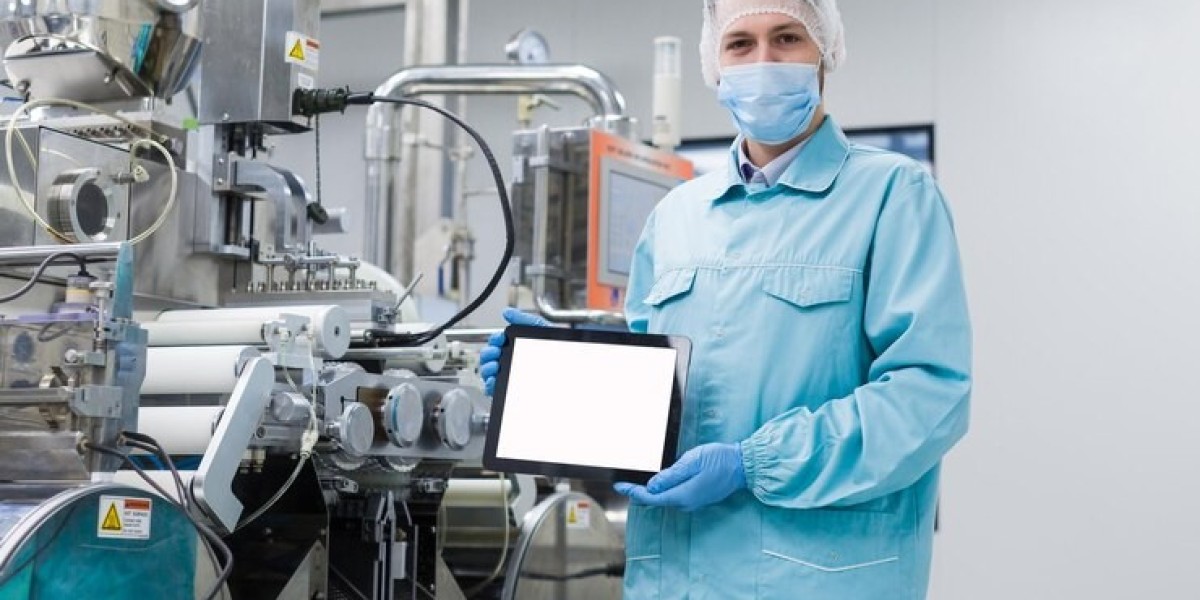Medical devices are classified as either single-use or reusable based on regulations from the U.S. Food and Drug Administration (FDA). Devices labeled as single-use by the manufacturer are intended to be used only on one patient during a single procedure and then disposed. However, some hospitals have implemented reprocessing programs to clean, disinfect, sterilize, and reuse these single-use devices to reduce medical waste and lower costs.
The FDA has established guidelines for facilities that reprocess single-use devices. All reprocessors must register with the FDA, list the devices they reprocess, and follow general procedures for cleaning, disinfection, inspection, packaging, sterilization, and labeling. They must also verify that the reprocessed device is as safe and effective as the original. The FDA does not approve or clear any reprocessed single-use devices for marketing. Liability for improper reprocessing falls on the facility, not the original manufacturer.
Types of Single-Use Medical Device Reprocessing Commonly Reprocessed
Some of the most common types of single-use devices that hospitals reprocess include arthroscopic shavers, biopsy forceps, balloon dilation catheters, and other small instruments. Endoscopes are also frequently reprocessed due to their high initial costs. Before being reused, all surfaces that touch tissue or bodily fluids must be thoroughly cleaned to remove any organic residue and then sterilized to kill any remaining microbes. Additional steps may include disassembly, inspection, repair, and replacement of worn parts.
Proper cleaning is one of the most important factors in ensuring device safety after Single-Use Medical Device Reprocessing. Durable, modular devices with simple designs and easily accessible lumens tend to be the best candidates for safe and effective cleaning. More complex devices with narrow channels or delicate moving parts may not be able to be reliably reprocessed. Facilities must validate their cleaning protocols for each individual device type.
Safety Considerations of Single-Use Medical Device Reprocessing
While reprocessing can reduce costs, it also carries some safety risks compared to using brand new single-use devices. Residual proteins, viruses, or bacteria could potentially remain on a reprocessed device and cause patient infection or cross-contamination. Damage or wear to delicate parts from multiple uses and cleanings may impair a device's functionality.
Quality assurance testing is needed to check for any structural or mechanical defects after reprocessing. Facilities should closely monitor patient outcomes and compare adverse event rates between original and reprocessed device use. Strict adherence to cleaning, disinfection, and sterilization procedures is required each time to minimize risks. Reprocessors must also notify customers about any changes to a device's design or manufacturing that could impact safety during reprocessing.
Get More Insights on- Single-Use Medical Device Reprocessing
For Deeper Insights, Find the Report in the Language that You want:
About Author:
Alice Mutum is a seasoned senior content editor at Coherent Market Insights, leveraging extensive expertise gained from her previous role as a content writer. With seven years in content development, Alice masterfully employs SEO best practices and cutting-edge digital marketing strategies to craft high-ranking, impactful content. As an editor, she meticulously ensures flawless grammar and punctuation, precise data accuracy, and perfect alignment with audience needs in every research report. Alice's dedication to excellence and her strategic approach to content make her an invaluable asset in the world of market insights.
(LinkedIn: www.linkedin.com/in/alice-mutum-3b247b137 )



